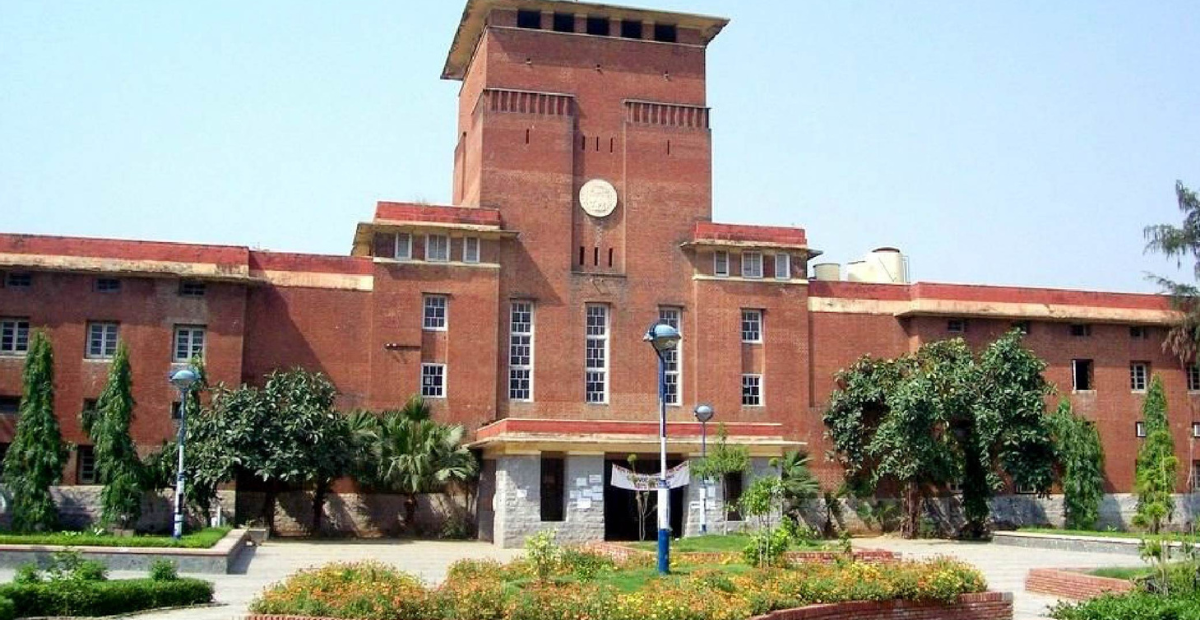Most Recent Blogs
CAT MBA
Top Tier 2 MBA Colleges in India – Placements, Fees, Cutoffs
09 Jul 2025 India has a strong set of Tier 2 MBA colleges that offer excellent placements, good faculty, strong alumni…
CAT MBA
IIM Waitlist Movement 2025: Previous Year Analysis & Category-Wise Trends
09 Jul 2025 Waitlisted by an IIM? Don’t lose hope! This blog provides insights into the past year's IIM waitlist movement…
IPM
How To Get Into IIM After 12th Class?
09 Jul 2025 Getting into the reputed IIMs doesn’t have to be pushed till after completing the bachelor’s degree; with the…
BBA
Best BBA Colleges in India: Top 10 Ranked City-Wise
08 Jul 2025 Best BBA Colleges in India: A BBA (Bachelor of Business Administration) degree helps students prepare for a successful…
IPM
IPMAT Maths Syllabus 2026: Topics, Weightage & Strategy
08 Jul 2025 The Integrated Program in Management Aptitude Test (IPMAT) is a crucial gateway to the prestigious five-year integrated management…
IPM
IIM Indore IPM 2025 Final Selections(IPMAT Results) Declared! [Direct Link]
07 Jul 2025 Good news for IPMAT-Indore aspirants! IIM Indore IPM 2025 Final Selection: On July 7, 2025, IIM Indore has…
UPSC
Indus Valley Civilisation UPSC Notes – Phases, Important Sites, Features
07 Jul 2025 The Indus Valley Civilisation, also known as the Harappan Civilisation, marks the beginning of India’s history. The civilisation…
UPSC
Battle of Plassey (1757) UPSC Notes- Background, Causes, Timeline, History
04 Jul 2025 The Battle of Plassey was fought on 23rd June 1757 in the Plassey region of West Bengal. This…
CUET












